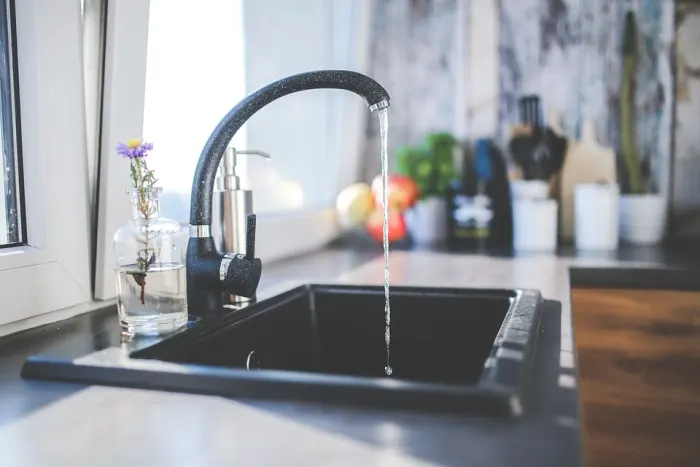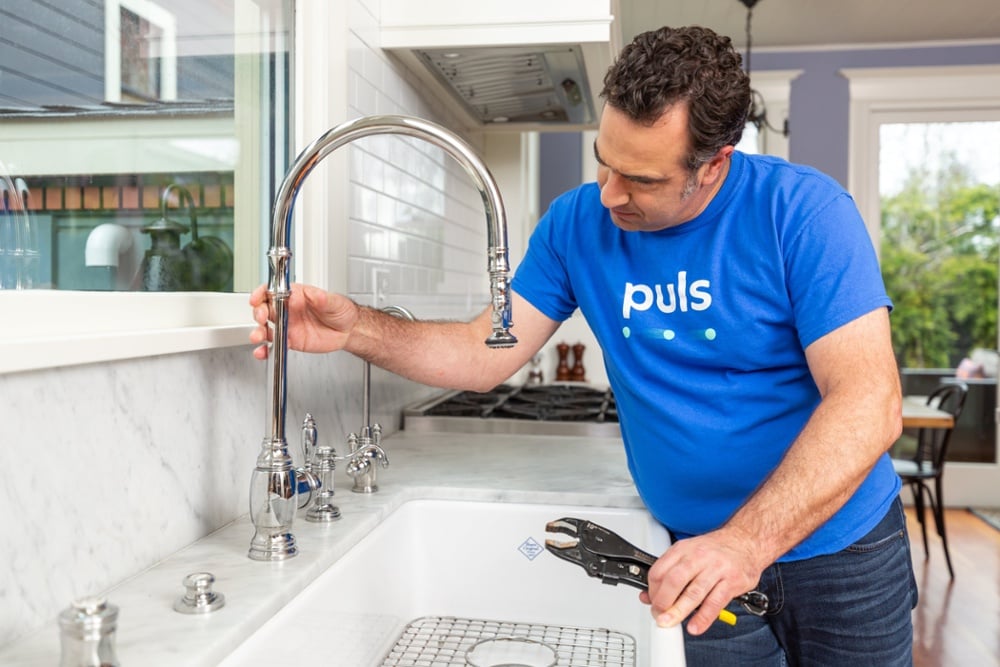On this page down the page you'll find lots of exceptional details concerning Why is My Home Making Strange Plumbing Noises.

To detect loud plumbing, it is necessary to establish initial whether the undesirable sounds occur on the system's inlet side-in other words, when water is transformed on-or on the drainpipe side. Sounds on the inlet side have actually varied causes: excessive water stress, used shutoff as well as tap parts, improperly linked pumps or other home appliances, improperly put pipe fasteners, as well as plumbing runs consisting of a lot of tight bends or other limitations. Noises on the drainpipe side typically stem from poor place or, just like some inlet side noise, a format having limited bends.
Hissing
Hissing noise that occurs when a tap is opened a little generally signals excessive water stress. Consult your neighborhood public utility if you presume this trouble; it will certainly be able to tell you the water pressure in your area and also can mount a pressurereducing shutoff on the incoming supply of water pipe if necessary.
Various Other Inlet Side Noises
Squeaking, squealing, scraping, snapping, and touching generally are triggered by the growth or contraction of pipes, usually copper ones providing hot water. The sounds occur as the pipelines slide versus loose fasteners or strike neighboring home framing. You can usually determine the place of the problem if the pipes are exposed; simply comply with the noise when the pipes are making sounds. Probably you will uncover a loose pipeline hanger or an area where pipelines lie so near to floor joists or various other framing items that they clatter against them. Affixing foam pipe insulation around the pipelines at the point of contact must remedy the trouble. Make certain straps and also hangers are safe and secure and give sufficient assistance. Where possible, pipeline bolts ought to be attached to large structural components such as foundation wall surfaces rather than to mounting; doing so minimizes the transmission of vibrations from plumbing to surface areas that can enhance as well as move them. If connecting fasteners to framing is inevitable, wrap pipelines with insulation or other durable material where they call fasteners, and also sandwich the ends of brand-new fasteners in between rubber washers when mounting them.
Correcting plumbing runs that struggle with flow-restricting limited or various bends is a last resource that needs to be carried out just after consulting a competent plumbing contractor. Sadly, this scenario is fairly usual in older homes that might not have been developed with interior plumbing or that have seen a number of remodels, specifically by amateurs.
Babbling or Screeching
Intense chattering or shrilling that occurs when a valve or tap is activated, and that normally goes away when the installation is opened fully, signals loose or faulty inner parts. The option is to change the shutoff or faucet with a new one.
Pumps as well as devices such as washing devices as well as dish washers can transfer motor noise to pipelines if they are poorly connected. Link such products to plumbing with plastic or rubber hoses-never inflexible pipe-to isolate them.
Drainpipe Noise
On the drain side of plumbing, the principal objectives are to remove surfaces that can be struck by falling or rushing water as well as to shield pipes to consist of inescapable audios.
In new construction, bathtubs, shower stalls, bathrooms, as well as wallmounted sinks and also containers need to be set on or against resilient underlayments to decrease the transmission of audio through them. Water-saving commodes and also faucets are less noisy than conventional designs; install them rather than older types even if codes in your location still allow using older fixtures.
Drainpipes that do not run vertically to the basement or that branch into horizontal pipe runs supported at floor joists or other mounting existing specifically bothersome sound issues. Such pipelines are big sufficient to radiate significant vibration; they likewise bring significant amounts of water, which makes the situation worse. In brand-new building, specify cast-iron soil pipes (the large pipes that drain commodes) if you can manage them. Their enormity consists of a lot of the noise made by water passing through them. Also, stay clear of transmitting drains in wall surfaces shown bedrooms and rooms where individuals collect. Wall surfaces including drainpipes need to be soundproofed as was described earlier, using dual panels of sound-insulating fiber board as well as wallboard. Pipes themselves can be covered with unique fiberglass insulation produced the purpose; such pipelines have an invulnerable plastic skin (in some cases having lead). Results are not always sufficient.
Thudding
Thudding noise, often accompanied by shivering pipes, when a tap or home appliance valve is switched off is a condition called water hammer. The sound as well as resonance are caused by the resounding wave of pressure in the water, which instantly has no location to go. Sometimes opening up a valve that releases water quickly right into a section of piping consisting of a constraint, elbow joint, or tee installation can create the very same condition.
Water hammer can generally be treated by mounting fittings called air chambers or shock absorbers in the plumbing to which the trouble shutoffs or faucets are attached. These gadgets allow the shock wave developed by the halted circulation of water to dissipate in the air they have, which (unlike water) is compressible.
Older plumbing systems may have brief vertical areas of capped pipe behind wall surfaces on faucet competes the exact same objective; these can ultimately full of water, reducing or ruining their effectiveness. The remedy is to drain pipes the water system entirely by shutting off the primary water supply shutoff and opening up all taps. Then open the major supply valve and also close the taps individually, starting with the faucet nearest the shutoff and ending with the one farthest away.
If Your Plumbing is Making These Sounds, There’s a Problem
A Bang or Thump When You Turn Off a Faucet
If a loud bang or thump greets you each time your turn off running water, you likely have a water hammer. A water hammer occurs when the water velocity is brought to a halt, sending a shock wave through the pipe. It can be pretty jarring — even worse, damaging to your plumbing system. All that thudding could loosen connections.
Strange Toilet Noises
You’re so familiar with the sounds your toilet makes that your ears will be attuned to anything out of the ordinary. Fortunately, most unusual toilet noises can be narrowed down to just one of several problems.
Foghorn sound:
Open the toilet tank Flush the toilet When you hear the foghorn noise, lift the float to the top of the tank If you’re ambitious, you can remove the ballcock valve and disassemble it to replace the washer. Or you can more easily replace the ballcock valve entirely. This device is relatively inexpensive and available at most any hardware store.
Persistent hissing:
The hissing following a flush is the sound of the tank filling. It should stop once the tank is full. But if the hissing continues, it’s likely because water is leaking out of the tank. The rubber flap at the bottom of the tank can degrade, letting water slip through and into the bowl. That’s why the tank is refilling continuously. Fortunately, this is an easy fix:
Cut the water to the toilet by closing the shutoff valve on the water supply line. Flush the toilet to drain the tank. Disconnect the flapper Attach the new flapper Gurgling or bubbling:
Gurgling or bubbling suggests negative air pressure in the drain line, likely resulting from a clog. As air releases, it causes the water in the toilet to bubble. This could either be a minor issue or a major one, depending on the clog’s severity. Clogs can be caused by toilet paper or more stubborn obstructions such as tree roots. If you can’t work out the clog with a plunger, contact a professional plumber for assistance because a clog of this magnitude could lead to filthy and unsanitary sewage backups in your sink bathtub.

As a devoted reader about Diagnose Unwanted Plumbing Noises, I was thinking sharing that excerpt was smart. Are you aware of another individual who is occupied with the topic? Take a moment to share it. We love reading our article about Diagnose Unwanted Plumbing Noises.
About